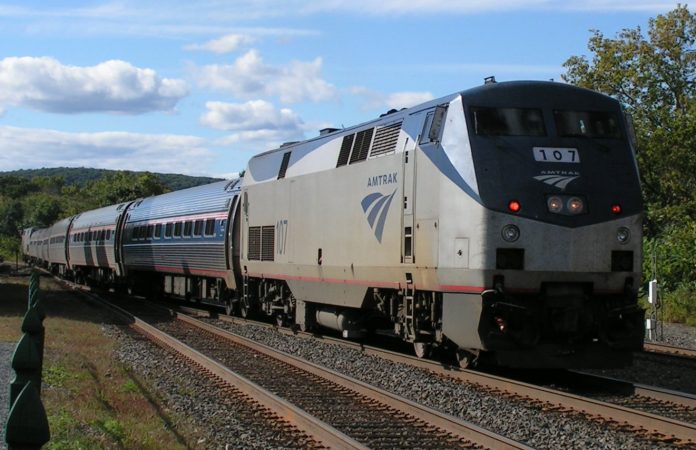Amtrak’s problematic Northeast corridor improvement plans would spend “several hundred billion taxpayer dollars.”
by Robert Poole
The past several months have seen articles in the Washington Post, Politico, and other media about Amtrak’s efforts to move toward high(er) speed rail service in the Northeast Corridor between Boston, New York, and Washington, D.C. The articles have focused mainly on a troubled contract between Amtrak and European train producer Alstom to replace Amtrak’s aging Acela fleet with an Americanized version of Alstom’s 160 miles per hour Avelia Liberty trainsets.
Most of the articles focus on a report by the Amtrak Inspector General, pointing out that the replacement trainsets are three years behind schedule. Although more than half of the 28 planned trainsets have been built, they do not meet Federal Railroad Administration (FRA) safety requirements, as well as having several other defects. While these problems are expected to be resolved by next year, the underlying problems with the Northeast Corridor will remain.
Since the United States has no home-grown passenger rail producers, Amtrak has to rely on the two major European ones, Alstom and Siemens. But Amtrak cannot simply import trainsets from them for two reasons. The first is Buy America regulations, which apply to most transportation improvements that rely on federal money. So Alstom has created a U.S. production facility in Hornell, NY, to produce the new trainsets for Amtrak. But they can’t simply produce here the trains they build and sell in Europe. European high-speed rail services (HSR) run on exclusive tracks for HSR-only service. All Amtrak trains operate on tracks shared by commuter rail and freight rail service. Therefore, European trainsets must be modified to comply with more stringent FRA crashworthiness regulations.
The recent articles discussed the new Alstom trains as providing 160 miles per hour speeds. That’s a significant distortion. Because of sharp curves, aging bridges and tunnels, and other shortcomings of the Northeast Corridor’s right of way, only 32 miles of track can handle 160 mph service. Amtrak’s current plans call for some trackage improvements over the next decade, which they expect would allow 160 mph service on 30% of the corridor by 2035.
From time to time, Amtrak (and passenger rail enthusiasts) have set forth plans for upgrading the Northeast Corridor to handle true high-speed rail, such as 200 miles per hour service.
“The Amtrak Vision for the Northeast Corridor” is an update of a plan released in July 2012. The major investment would be between New Rochelle, NY, and Providence, RI—an entirely separate high-speed corridor. The estimated cost of that plan, in 2010 dollars, was $117 billion. Adjusting that for Consumer Price Index inflation would bring that to $165 billion. But since transportation construction costs have more than doubled in the past decade, $230 billion would be more likely.
One other point is worth remembering. Most articles on the Alstom train sets referred to the Northeast Corridor as Amtrak’s ‘most profitable route.’ The 2012 Vision report also presents projections of the envisioned high-speed rail service in the corridor being profitable. Yet Amtrak does not release figures based on generally accepted accounting principles. There’s no depreciation, which has allowed Amtrak to hide accumulated tens of billions in deferred maintenance. It also treats as “revenue” the subsidies provided for Amtrak services in 18 states. Amtrak’s accounting has been criticized by the Government Accountability Office and the Congressional Research Service, but some reporters continue to fall for its claims of Northeast Corridor profitability.
All that said, as I noted on a recent PBS interview program, years ago when I was making several trips a year that included both New York and Washington, D.C., I learned that the least-hassle way of getting from Manhattan to D.C. was by Amtrak. The Northeast Corridor does have a market niche. But that does not necessarily justify spending several hundred billion taxpayer dollars to make such trips a bit faster.
Originally published by Reason Foundation. Republished with permission.
For more Budget & Tax News.











